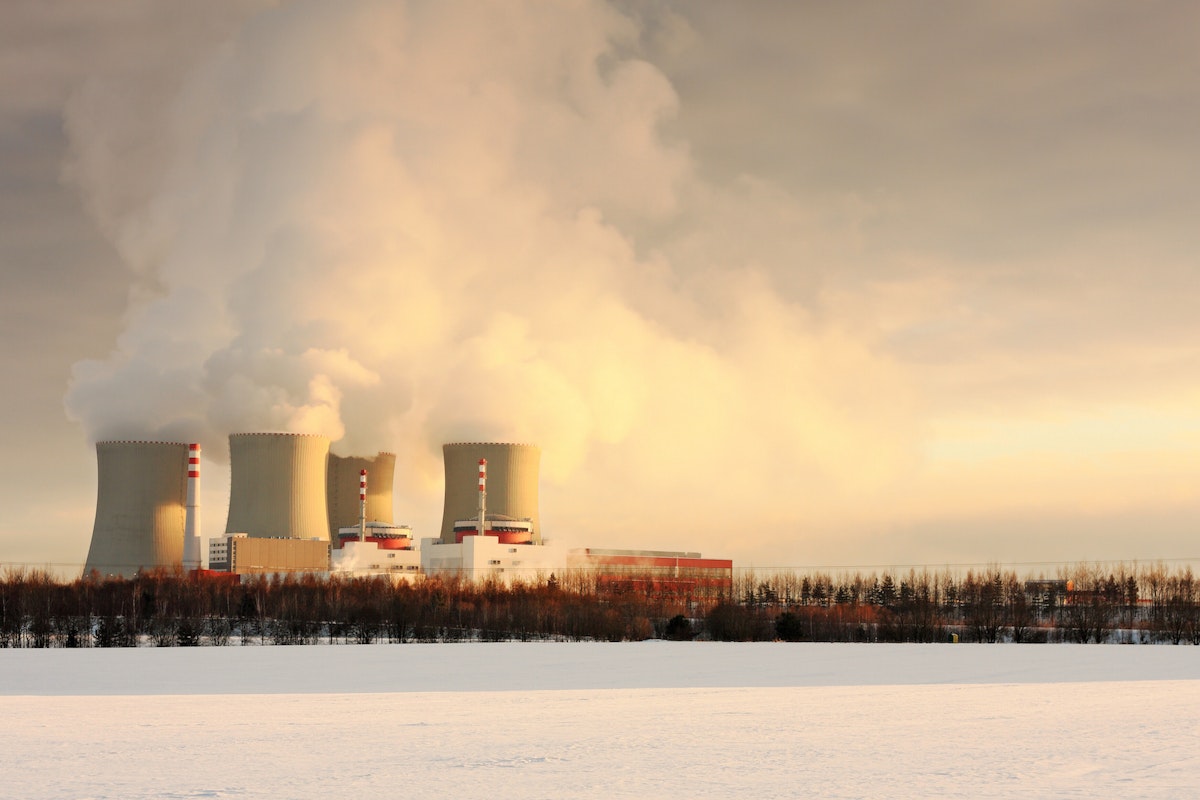Extend Production Tax Credits for Nuclear Power in Absence of CEPP

-
-
Share
-
Share via Twitter -
Share via Facebook -
Share via Email
-
Passing the Build Back Better (BBB) bill without the Clean Electricity Performance Program (CEPP) risks premature retirement of 20% of current US nuclear reactors, jeopardizing emissions reductions goals. To avoid this the US should extend the production tax credit (PTC) for existing nuclear reactors in the BBB from 5 years to 10 years to fill in the gap.
There is a growing consensus that rapidly reducing emissions in the US electricity sector will require keeping existing nuclear reactors open. This both avoids “treadmill decarbonization” where new clean energy sources simply replace existing ones rather than reducing fossil fuel use, and creates a larger supply of clean firm generation that energy models suggest is essential to reducing the costs of electricity sector decarbonization.
The CEPP provided a strong incentive for utilities to keep existing nuclear power plants open. Closing an existing nuclear plant under CEPP would prevent utilities from earning $150 per MWh subsidies from installing new clean energy until they made up the gap from the closure, and would impose an additional $40 per MWh penalty on the reduced clean energy generation.
As CEPP does not start until 2023, the House included a 5-year PTC of up to $15 per MWh to bridge the gap between the bill's passage and the start of CEPP to prevent existing reactors from closing in the interim. Now that the CEPP seems unlikely to be included in the final bill, there will be little support for existing nuclear or incentives for utilities to not remove existing clean energy after 2025; this is particularly problematic given that the generous production tax credits for renewable energy in BBB would put existing clean energy from nuclear at a competitive disadvantage.
According to new modeling results from the Princeton University Zero Lab, the passage of the BBB with CEPP would effectively stop US nuclear retirements over the next decade. In contrast, passing BBB without CEPP would result in 20% of all existing US nuclear generation retiring between 2025 and 2030, as shown in the figure below.

Cutting CEPP from the bill with no replacement results in around 160 TWh of nuclear – or 3.5% of all US electricity generation – prematurely retiring. While a large portion of this is replaced by other clean energy sources in the Princeton model, this means that the additional clean energy is replacing nuclear rather than fossil fuels, resulting in additional CO2 emissions of up to 75 million metric tons per year in 2030 compared to a scenario where these reactors remained open. It also reduces the US’s supply of always-on clean firm generation that will be increasingly critical as the power sector transitions away from fossil fuels.
Thankfully there is a relatively easy way to avoid this outcome. Rather than the 5-year PTC for existing nuclear in the BBB intended to bridge the gap until the CEPP came into effect, Congress could extend the nuclear PTC for the full 10-year period covered by the bill. While this would not be identical to the mechanism in the CEPP – it would incentivize utilities for keeping existing reactors open rather than penalizing them for closing – the net effect would likely be similar.
The civil nuclear credit program that is part of the bipartisan infrastructure package also provides some support to existing nuclear plants, but it is designed as a stop-gap grant program to help the plants most at risk of failing. However, as designed it would be too slow and cumbersome of a process to scale up compared to the PTC.
Decarbonizing the US electricity sector requires both preserving the clean energy we have and accelerating the rate of new clean energy deployments. The original BBB bill wisely incentivized utilities to keep existing nuclear reactors open; there is a real risk that in removing CEPP from the bill Congress will unintentionally accelerate the closure of the US nuclear fleet. An extension of the existing nuclear PTC is a simple fix, and one with relatively modest costs.

